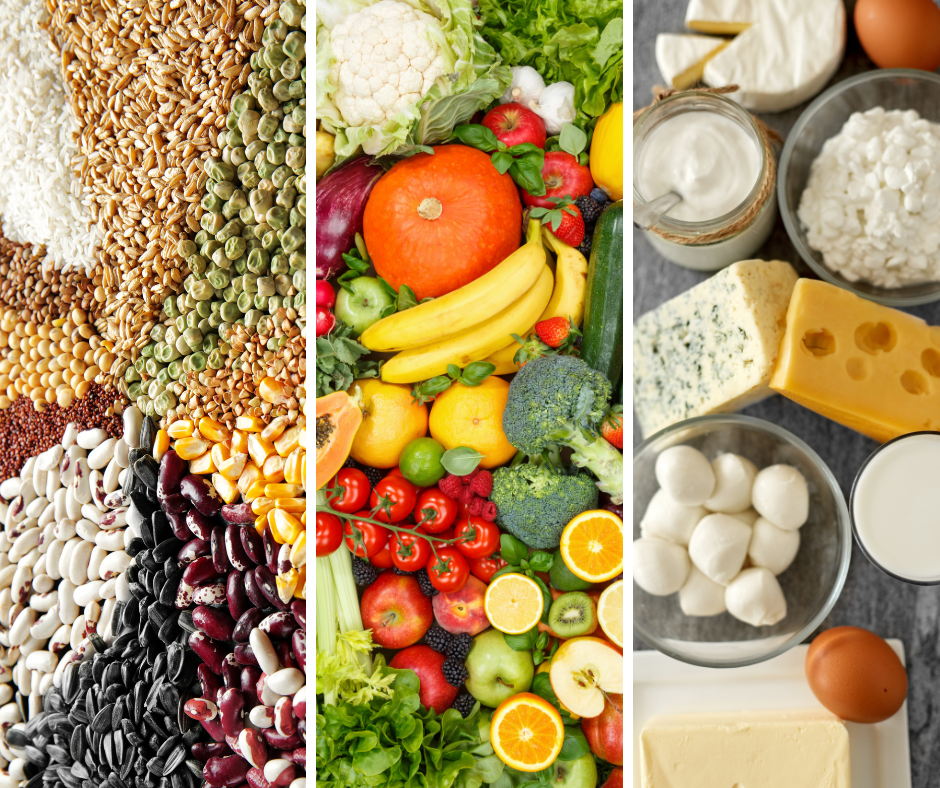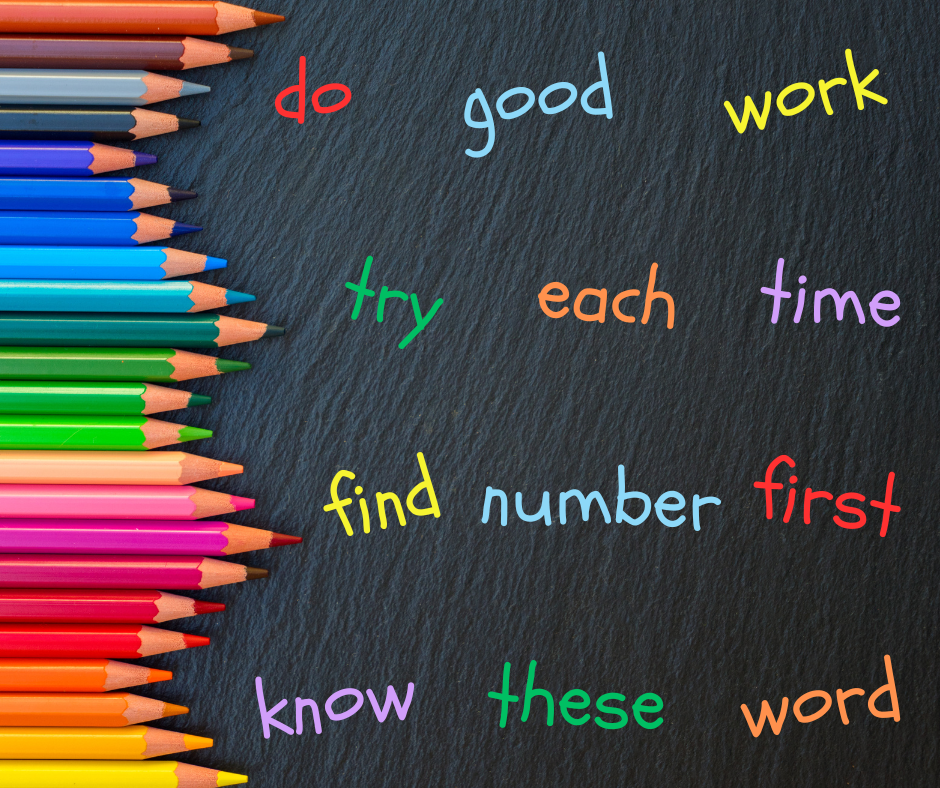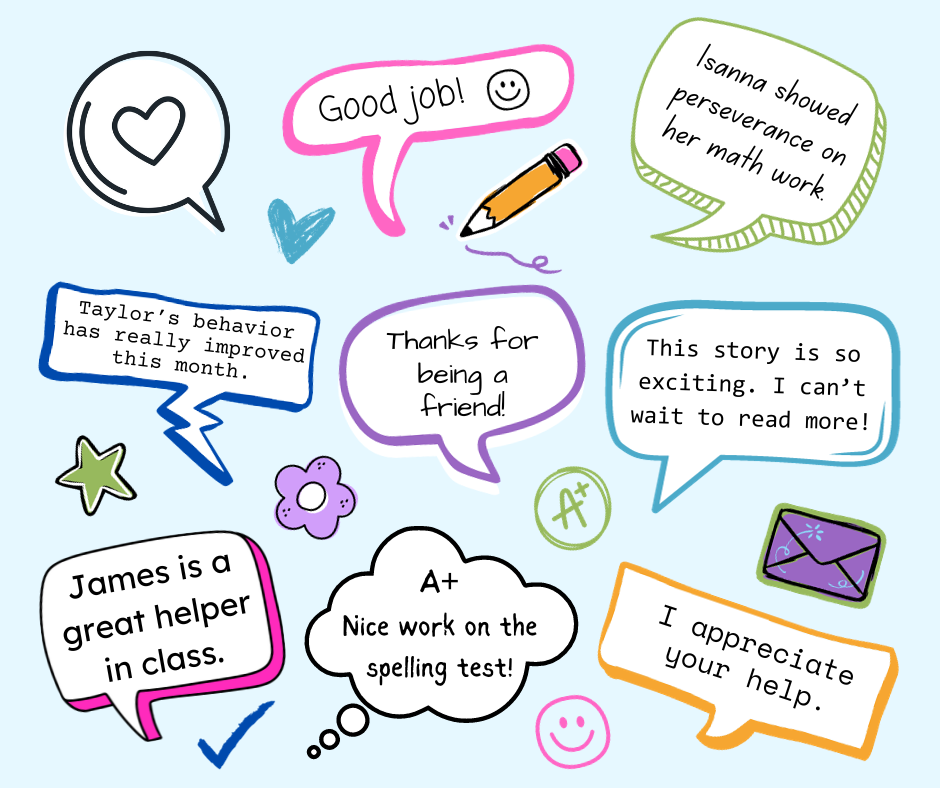
Promoting Nutrition and Healthy Eating Habits in Schools
At Walkabouts, we understand the importance of promoting nutrition and healthy eating habits in schools. While children generally tend to be very active and regularly burn calories, relying solely on their vibrant energy and youthful metabolism is not enough to support their overall health. Children should be familiar with and routinely practice ways they can keep their bodies healthy through appropriate food choices and consistent physical activity and exercise.
When healthy habits fall to the wayside, children are at risk for serious medical complications. The Mayo Clinic reports that certain lifestyle issues — too little activity and too many calories from food and drinks — are the main contributors to childhood obesity. According to the CDC, “childhood obesity is a serious problem in the United States, putting children and adolescents at risk for poor health” and serious health conditions, such as diabetes, high blood pressure, high cholesterol, joint pain, breathing problems, and nonalcoholic fatty liver disease (Mayo Clinic).
In addition to physical health detriments, obesity can negatively affect children’s social and emotional well-being and self esteem. The National Library of Medicine has found that childhood obesity “is associated with poor academic performance and a lower quality of life.” Childhood obesity is one of the most serious public health challenges of the 21st century (National Library of Medicine). With the prevalence of childhood obesity increasing at an alarming rate, schools should play a role in educating students about the importance of nutrition, healthy eating habits, and regular physical activity.
Check out ways to encourage a positive mindset toward physical fitness and physical activity on this post.
Here are a few ways to promote nutrition and healthy eating habits during the school day.
FUN WITH THE FOOD GROUPS
Introduce the five food groups to students with the support of resources found on MyPlate. Identify the five food groups with students, and brainstorm what types of healthy foods fall into each group.
PROTEIN: Protein is important to eat on a daily basis because it builds muscles. What types of healthy foods are proteins?
- Beans, peas, and lentils
- Nuts and seeds
- Meats
- Fish and seafood
- Soy products
- Eggs
- Quinoa
After identifying a variety of proteins, discuss ways physical exercise can also build muscles. Have students engage in a muscle building exercise such as 5-7 push-ups with their knees on the floor and/or 5-7 sit-ups.
GRAINS: Grains provide our bodies with energy. What types of healthy foods are grains?
- Whole-grain bread, cereal, crackers, flour, pasta, and brown rice
- Farro
- Oatmeal
- Popcorn
- Quinoa
After identifying a variety of grains, discuss ways physical exercise can use up energy. Have students engage in an energy-filled exercise such as 30 seconds of jumping jacks or running in place.
VEGETABLES: Vegetables are essential to eat because they provide bodies with important vitamins and minerals. What types of healthy foods are vegetables?
- Broccoli
- Carrots
- Cauliflower
- Leafy greens including kale and spinach
- Green beans
- Bell peppers
After identifying a variety of vegetables, discuss how vitamins and minerals are important for balancing bodily functions. Have students engage in a balancing activity such as 15 seconds of standing on one leg (and switch) or walking a straight line, balance beam style.
FRUIT: Fresh fruit provides the body with energy, vitamins and minerals, and fiber, which aids in digestion. What types of healthy foods are fruit?
- Apples
- Avocadoes
- Bananas
- Berries including strawberries, raspberries, blueberries, and blackberries
- Cherries
- Oranges
- Pineapple
- Watermelon
After identifying a variety of fruits, discuss how digestion is important for breaking down food. Have students engage in movement that supports digestion such as simple yoga poses or gentle stretches.
DAIRY: Dairy foods help build and maintain strong bones. What types of healthy foods are dairy products?
- Cheese
- Milk
- Yogurt
Note that many non-dairy milks and cheeses also contain bone-building nutrients. After identifying a variety of dairy products and non-dairy alternatives, discuss how strong bones help support bodies and aid in movement. Have students move in ways that build strong bones such as 30 seconds of jumping or skipping in place or even a class dance party with some upbeat music.
MAKE HEALTHY SNACKS
While being mindful of food allergies and preferences, have students work in pairs or groups to come up with healthy snack recipes that use at least three of the five food groups. After healthy snacks are composed, assign students a day to make and present their recipe for the class to try. Work with families, the school’s PTO, and community members such as grocery stores, farmers, and restaurants for their support in providing ingredients for the healthy snacks. Student presenters should do any age-appropriate food prep tasks for their snack (with adult supervision and support). While presenters prepare their snack, the rest of the class can help prepare by cleaning eating surfaces and setting up plates, napkins, cutlery, cups, or other necessary tableware. Encourage students to try at least two bites of the snack to gauge how much they like it. At the end of healthy snack time, everyone should clean their eating spaces.
Promoting nutrition and healthy eating habits in fun and engaging ways can help to decrease childhood obesity.
Across the country, students are moving less and less. But recent research (from experts including ActivEd founder, Dr. Julian A. Reed) offers some good news: Active students aren’t just healthier, they learn better. The research clearly shows that an active education leads to:
- Increased student engagement and activity
- Improved comportment
- Reduced behavior referrals
- Adoption of healthy habits and reduced obesity
Looking for more ways to move in the classroom? Walkabouts do more than make language arts, math, and reading lessons fun. They also trigger students’ kinesthetic intelligence. Walkabouts are evidence-based, and each online adventure engages students in kinesthetic learning. Ready to try Walkabouts? Sign up for a 30-day trial run today!
To learn more about the topics covered in this post, check out our sources.





